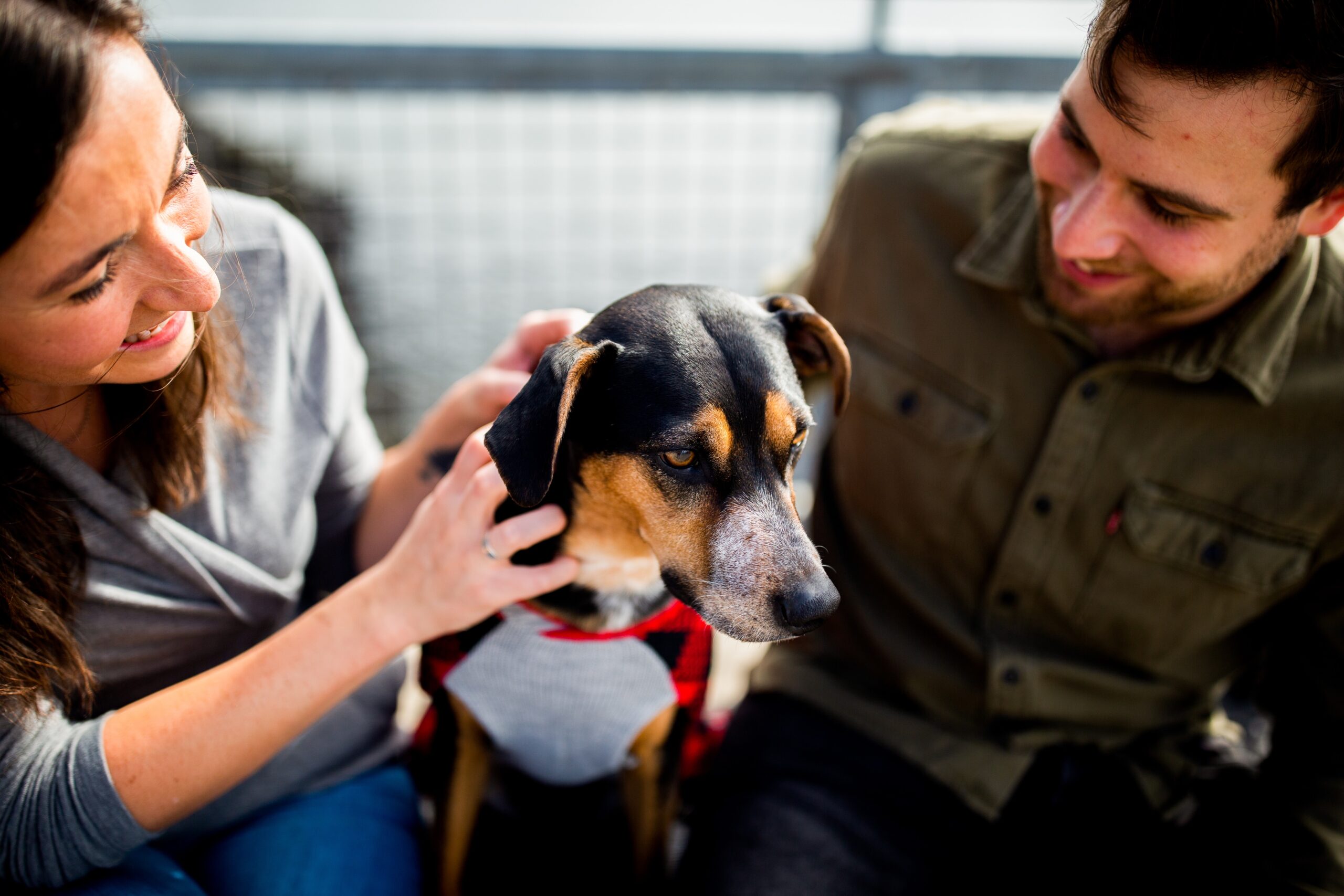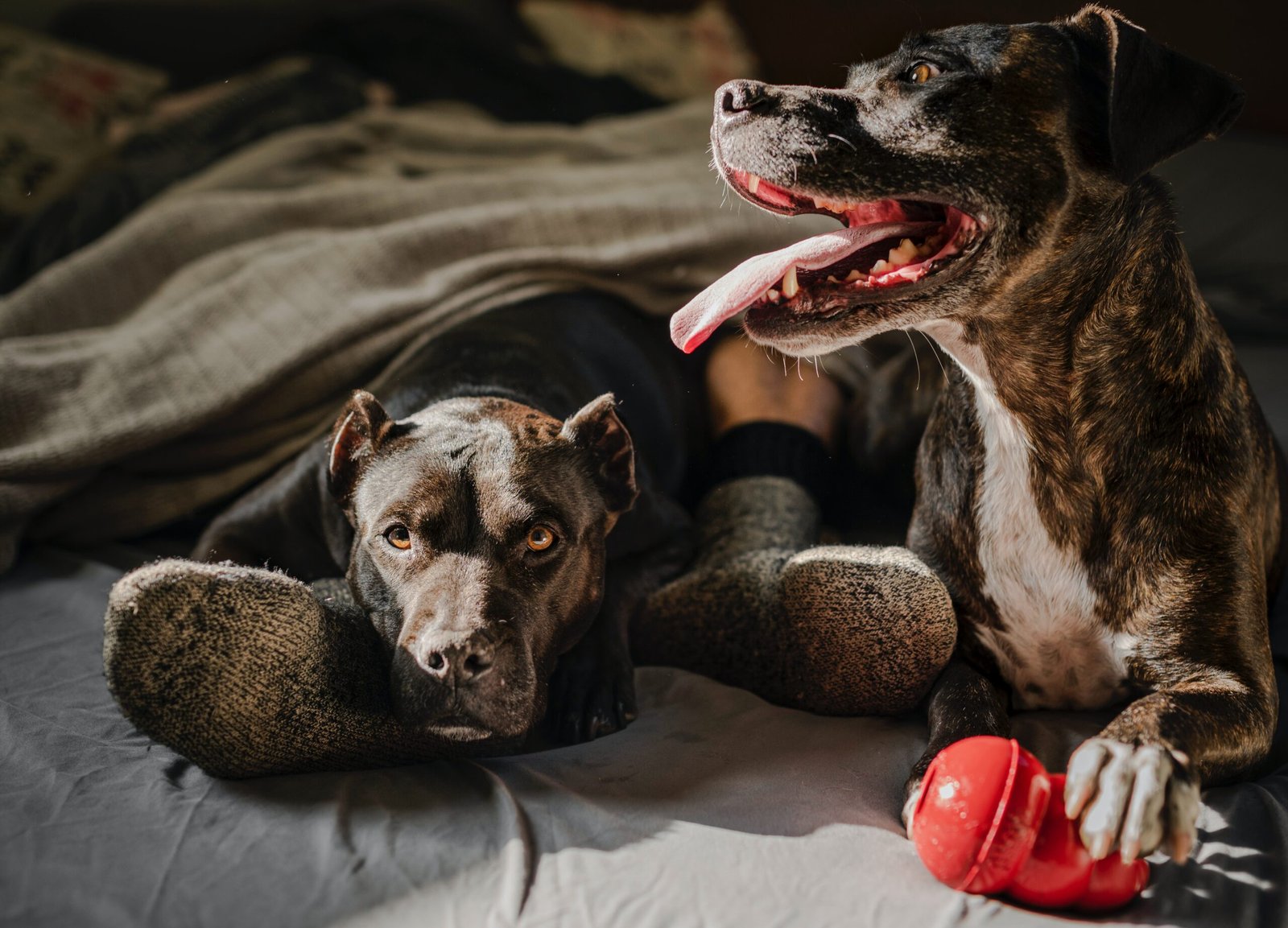
Unravelling the Mystery: What Dog Tear Stains Really Indicate?
Introduction
Hey there, pet parents! Have you ever noticed those tear stains under your furry companion’s eyes? It’s not uncommon for dogs to have them, but what do they really mean? In this article, we’re diving into the mystery of dog tear stains and what they might be trying to tell you.
You may wonder, “Why is my pup crying?” Well, those tear stains occur when your dog’s tears overflow from their eyes, and it’s not necessarily because they’re sad. These stains can indicate a variety of issues, from harmless tear duct overflow to more serious health concerns. So, don’t dismiss them as just a cosmetic problem.
Join us as we explore the potential causes behind these tear stains, and what you can do to keep your furry friend happy, healthy, and bright-eyed!
What Dog Tear Stains Really Indicate
Hey there, fellow pet parents! Have you ever noticed those tear stains under your furry companion’s eyes? It’s not uncommon for dogs to have them, but what do they really mean? In this article, we’re going to unravel the mystery of dog tear stains and discover what they might be trying to tell you.
- Overflow of Tears, Not Emotions: You might think your pup is crying tears of sadness, but that’s not entirely true. Dog tear stains occur when their tears overflow from their eyes. While dogs do have emotions, these stains aren’t necessarily an emotional reaction.
- Potential Health Concerns: Pay attention to those tear stains, as they can signal health issues. It could be something as simple as allergies or eye irritation, but it might also point to more serious conditions that need prompt attention.
- Breed Predisposition: Certain breeds are more prone to tear stains due to their unique facial structures. Flat-faced breeds like Bulldogs and Pugs often experience this issue because of their shortened tear ducts and facial skin folds.
- Diet Matters: Believe it or not, your dog’s diet can impact tear stain formation. Some ingredients in commercial dog food may trigger tear staining, so consider consulting your vet about dietary adjustments.
- Red Yeast Infections: Reddish-brown stains are often caused by yeast infections, resulting from excessive tear production. These infections can be uncomfortable for your furry friend, so be on the lookout for any unusual eye discharge.
- Regular Grooming and Cleaning: Keep your pooch’s face clean and dry. Gently wipe the tear-stained areas with a damp cloth regularly to prevent bacteria buildup and discomfort.

Getting Rid of These Tear Stains
Hey there, devoted pet parents! We’ve previously explored the mysterious world of dog tear stains and the various factors causing those adorable marks. Now, you might be wondering, “How can I bid farewell to these pesky stains and keep my fur baby happy, healthy, and bright-eyed?” Fear not, as we’ve got you covered with ten practical tips to get rid of those tear stains and show your furry friend some extra love!
- Visit the Vet: If you notice persistent tear stains or suspect an underlying health issue, your first step should be a trip to the vet. A thorough examination will help identify any health problems, allergies, or infections that may be contributing to the staining.
- Choose the Right Food: Opt for high-quality dog food without artificial colors, flavors, or preservatives. Some dogs are sensitive to certain ingredients, which can trigger excessive tearing. Your vet can recommend the best diet for your pup’s needs.
- Maintain Proper Hydration: Ensure your furry friend always has access to fresh, clean water. Proper hydration can help dilute tear production, reducing the intensity of tear stains.
- Regular Grooming Regime: Incorporate a consistent grooming routine to keep those tear-stained areas clean. Gently clean your pup’s face with a damp cloth or specialized tear stain wipes to prevent bacteria buildup and further discoloration.
- Trim Facial Hair: Trimming the hair around your dog’s eyes can minimize contact with tears, reducing the likelihood of stains. Be careful and use rounded-tip scissors to avoid any accidents.
- Tear Stain Removers: Explore tear stain removers specifically designed for dogs. These products are safe to use and can help diminish existing stains over time. Remember to follow the instructions and be patient, as results may vary.
- Natural Remedies: Some pet parents have found success with natural remedies like chamomile tea soaks or apple cider vinegar wipes. Always consult your vet before trying any new treatments to ensure they are safe for your dog.
- Avoid Over-the-Counter Medications: Steer clear of using over-the-counter medications or eye drops without veterinary approval. These may worsen the problem or have unintended side effects.
- Stress Reduction: Believe it or not, stress can contribute to tear staining in dogs. Create a peaceful and comfortable environment for your pup, and spend quality time together to reduce stress levels.
- Patience and Love: Be patient and shower your furry companion with love throughout the process. Getting rid of tear stains might take time, but your care and attention will make all the difference in your dog’s happiness and overall health.

Preventing Teat Stains in Your Pets
As devoted companions to our furry friends, we all want to see them happy and healthy, with bright and clear eyes. Yet, those pesky tear stains can sometimes make it seem like a constant battle. But fear not! In this guide, we’ll explore eight practical tips to prevent tear stains in your beloved pets and keep their eyes sparkling like never before.
- Quality Nutrition Matters: Start from the inside out by providing your furry buddy with a balanced and nutritious diet. Opt for high-quality pet food that is free from artificial colors, flavors, and preservatives. A healthy diet can reduce the likelihood of excessive tearing that leads to unsightly stains.
- Regular Grooming Rituals: Incorporate a consistent grooming routine into your pet’s life. Regularly clean the area around their eyes with a soft, damp cloth to remove any tear residue. This simple step can prevent bacteria buildup and the formation of stubborn tear stains.
- Hydration is Key: Keep that water bowl full and fresh! Proper hydration can dilute tear production and reduce the intensity of tear stains. Ensure your pet has easy access to water throughout the day.
- Trim Facial Hair: For some pets, long facial hair can exacerbate tear staining. Keep the hair around their eyes trimmed to minimize contact with tears and reduce the chances of staining.
- Tear Stain Solutions: Consider using tear stain removers or wipes specifically formulated for pets. These gentle and safe products can help lighten existing stains and prevent new ones from forming.
- Eye Health Checkups: Regular visits to the veterinarian are crucial for your pet’s overall well-being, including their eye health. Detecting and addressing any eye issues early on can prevent tear stains caused by infections or allergies.
- Allergy Awareness: Be mindful of potential allergens in your pet’s environment or diet. Allergies can lead to increased tear production and staining. If you suspect allergies, work with your vet to identify and manage the triggers.
- Stress Reduction and Love: Just like us, pets can experience stress. Create a calming environment and spend quality time together to reduce your furry friend’s stress levels. Shower them with love and attention, as a happy pet is less likely to develop tear stains.

Conclusion
Preventing tear stains in our beloved pets is not an impossible task. By focusing on their nutrition, regular grooming, and maintaining good eye health, we can keep those unsightly stains at bay. Remember to stay vigilant about potential allergens and consult your veterinarian if any eye issues arise.
Shower your furry friend with love and attention to reduce stress levels, and they’ll reward you with bright, clear eyes that reflect their happiness and well-being. With these simple yet effective measures, we can ensure our pets have tear-stain-free eyes that mirror the joy they bring into our lives every day!
Frequently Asked Questions
Can tear stains be prevented with proper nutrition alone?
While a balanced diet is essential for overall health, tear stains may have various underlying causes. Proper nutrition can help, but additional measures like regular grooming and eye health checkups are also vital in preventing tear stains.
Is trimming facial hair necessary for all pets?
Not necessarily. Trimming facial hair can be beneficial for certain breeds with long fur around their eyes. However, it may not be required for all pets. Consult your groomer or veterinarian to determine if your pet would benefit from facial hair trimming.
Can tear stain removers cause any side effects?
Tear stain removers specifically designed for pets are generally safe to use. However, some pets may be sensitive to certain ingredients. Always follow the product instructions, and if you notice any adverse reactions, discontinue use and consult your veterinarian.
How often should I clean my pet’s eyes to prevent tear stains?
The frequency of eye cleaning depends on your pet’s individual needs. Some may require daily cleaning, while others may need it less frequently. Observe your pet’s tear stain buildup and adjust the cleaning routine, accordingly, ensuring to use a soft, damp cloth to avoid irritation.

